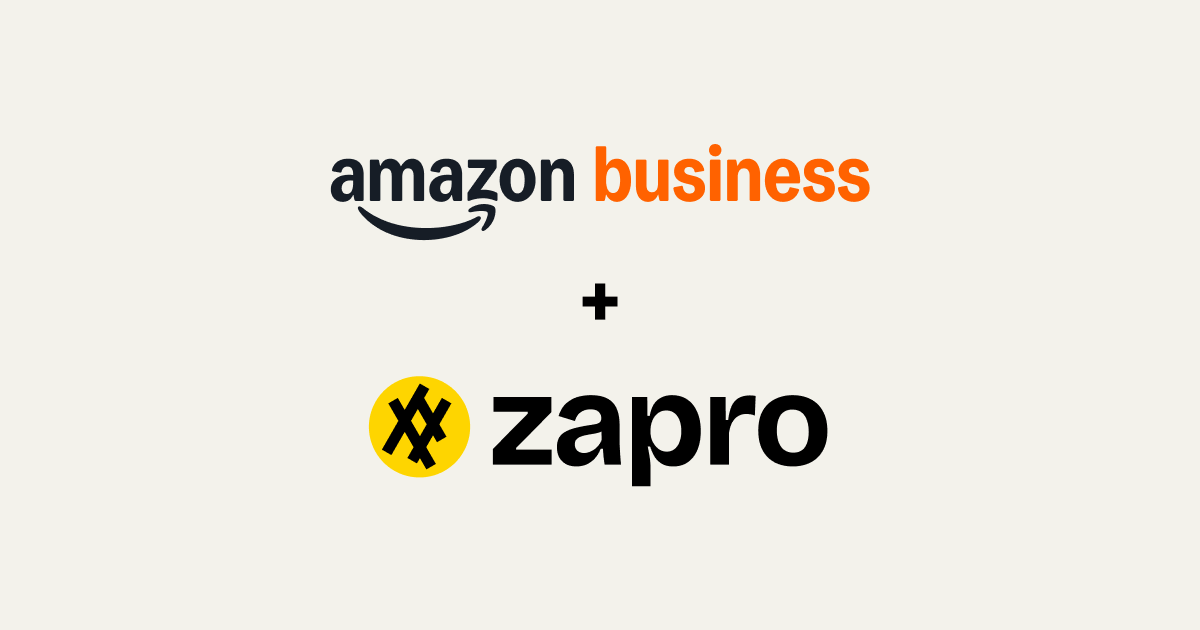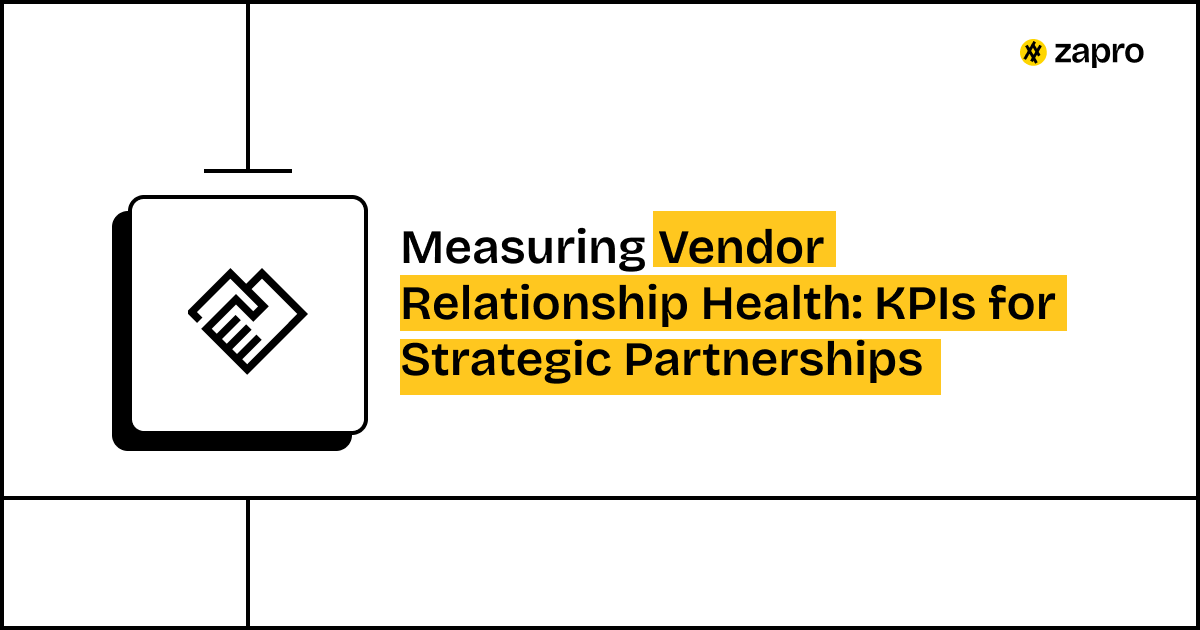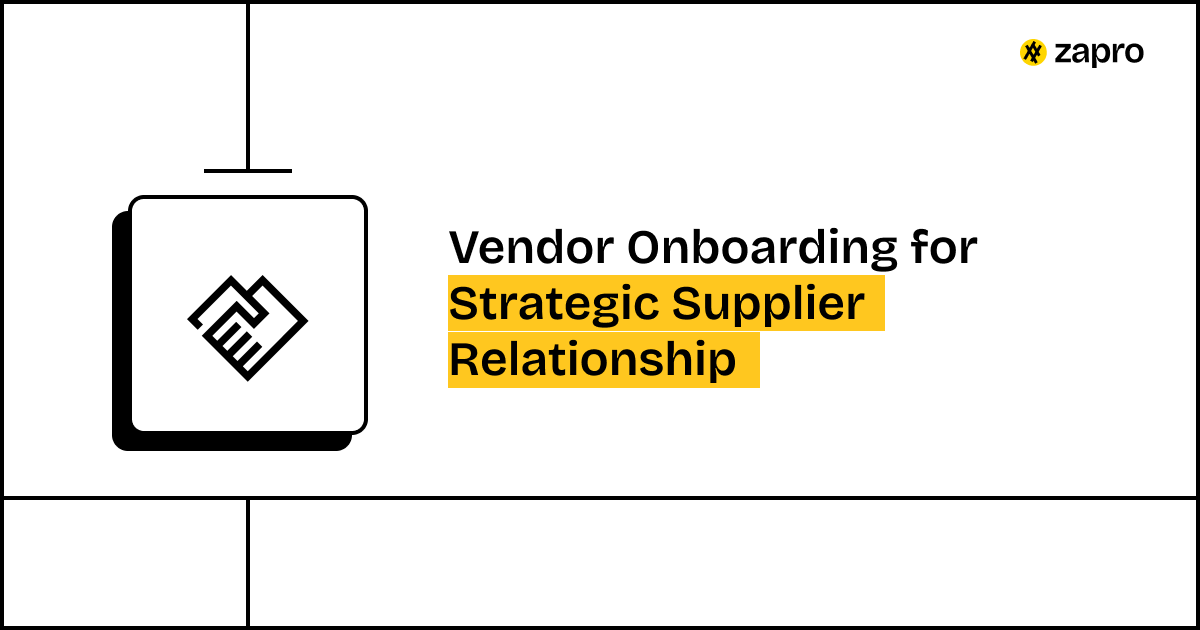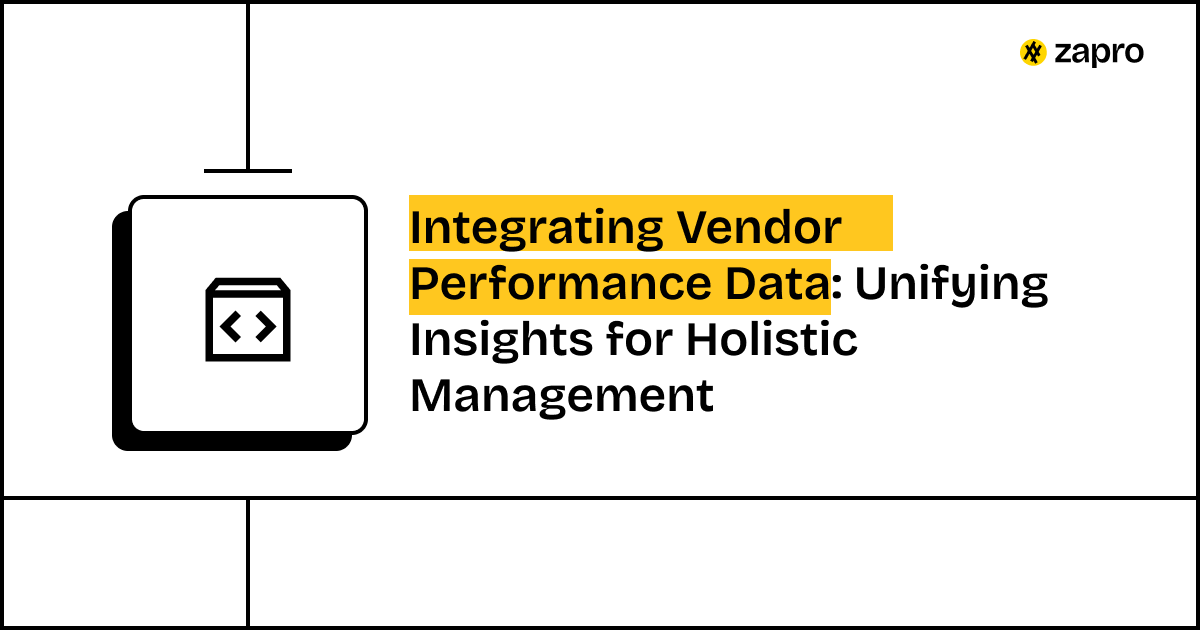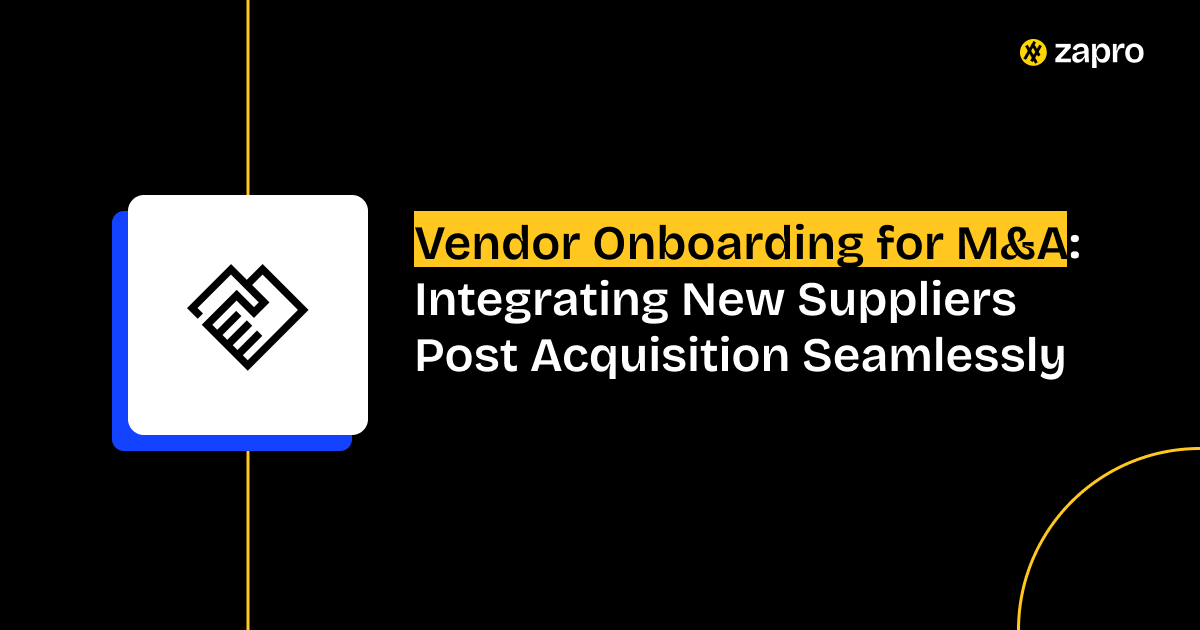For many years now, procurement has heavily relied on contracts and spreadsheets to measure supplier success. Did they deliver on time? Yes. Was the price right? Yes. However, concentrating solely on contractual performance is a significant oversight in terms of the health of the relationship itself. Not to forget, the growth and sustainability of a business depend on maintaining healthy relationships!
In strategic vendor performance, a strong and understanding partnership is the driver for innovation and security against unanticipated risks. An unhealthy one, even if compliant, is a ticking time bomb. Never will you control and manage what you do not measure. This is the main reason why you need solid vendor relationship KPIs that move beyond invoices and measure trust, collaboration, and mutual value.
In this article, we will uncover details as to how to quantitatively assess your strategic vendor performance, providing the essential supplier relationship metrics needed to make data driven decisions and drive continuous improvement in your most critical alliances.
Beyond Performance: Why Relationship Health Matters
The Hidden Costs of Unhealthy Vendor Relationships
A weak supplier relationship leads to paying up heavily, even if the vendor meets their basic SLA (Service Level Agreement).
- Stifled Innovation: An unhappy vendor will never bring you their best ideas or proactively suggest cost-saving solutions.
- Increased Risk: Low trust means less transparency. Vendors hide issues until they become critical crises, leading to surprise stockouts or major project delays.
- Higher Friction: Every interaction becomes a negotiation. Simple requests require multiple emails, approvals are slow, and bureaucracy replaces collaboration.
- Talent Attrition: High turnover on both your team and the vendor’s team occurs because working together is difficult and stressful.
These hidden costs erode profitability and make your supply chain brittle.

A Gartner survey reveals that 84% of respondents experienced operational disruption as a result of third-party risk incidents, 66% experienced adverse financial impact, and 60% were concerned about increased regulatory scrutiny.
The Value of Quantifying Partnership Strength
Implementing vendor relationship KPIs transforms subjective feelings into objective, actionable data. It provides the partnership health indicators necessary to answer these critical questions:
- Where should we invest more time? Focus on strengthening relationships with high-potential vendors.
- Which partnerships are at risk? Proactively identify and intervene before a partnership fails.
- Is our relationship-driven procurement working? Demonstrate the tangible return on investment (ROI) of collaboration and trust to solidify the value of your offering in the eyes of stakeholders.
By quantifying the vendor relationship management against agreed standards, you transform strategic vendor performance from a qualitative understanding into a measurable business asset.
Learn about Vendor Business Reviews.
Core Categories of Vendor Relationship Health KPIs
A comprehensive assessment requires looking at metrics across several dimensions. These categories define the scope of your supplier relationship metrics.
1. Communication and Engagement Metrics
This category measures the quality and efficiency of the dialogue between teams. A healthy relationship can make it easier to deal with conflict and build a stronger and healthier partnership.
2. Trust and Transparency Indicators
This measures the willingness of both parties to share sensitive information, admit mistakes, and stay intertwined with each other without privacy tensions and excessive auditing. Trust is the foundation of any strong strategic vendor performance.
3. Collaboration and Innovation Metrics
These metrics quantify the partnership’s effectiveness in joint problem-solving, innovation, and developing new solutions that turn out beneficial for both. They measure active vendor engagement metrics.
4. Mutual Value and Strategic Alignment KPIs
A critical aspect of effective KPI alignment involves striking a balance between partnership in contributing to the organization’s objectives and moving beyond simple cost containment.
5. Conflict Resolution and Responsiveness Measures
The process of conflict resolution is a powerful partnership health indicator. This evaluates how constructively both parties identify, communicate, and respond to problems when they arise.
Learn about Vendor Relationship Management Best Practices
Specific KPIs for Measuring Relationship Health
These quantitative and qualitative metrics help build your health scorecard and also help to get a comprehensive view of the relationship health:
Relationship Net Promoter Score (rNPS) / Supplier Satisfaction Scores
This is a qualitative metric made quantitative. Ask your suppliers a simple question: “On a scale of 0 to 10, how likely are you to recommend partnering with our company to a peer?”
- Promoters (9-10): Enthusiastic partners who drive innovation.
- Passives (7-8): Satisfied but not loyal.
- Detractors (0-6): Unhappy vendors who pose a significant flight risk.
This offers an unbiased measure of satisfaction and loyalty, which are vital for partnership health indicators.
Joint Project Success Rate & Innovation Contribution
- Joint Project Success Rate: The percentage of collaboratively scoped and executed projects (outside of routine deliverables) that meet all predefined objectives, timelines, and budgets.
- Innovation Contribution: Track the number of supplier-suggested innovations (e.g., process improvements, material substitutions) adopted per year, and the realized cost savings or revenue generated from those ideas. This is a powerful vendor engagement metrics.
Responsiveness & Issue Resolution Time
- Average Response Time (Internal to Vendor): How quickly does your team provide the vendor management with necessary approvals, clarifications, or data? Slow responses signal internal friction and low trust.
- Average Issue Resolution Time (Vendor to Internal): How quickly does the vendor management software resolve technical or logistical issues? Measures their commitment and operational efficiency.
- Escalation Frequency: The number of issues that require escalation beyond the first two points of contact. High frequency suggests communication or process failure.
Contract Compliance & Adherence to Shared Goals
While compliance is a performance metric, how the vendor adheres to non contractual shared goals (e.g., sustainability targets, joint training initiatives) is a supplier relationship metrics barometer.
- Soft Compliance Rate: Track adherence to voluntary agreements, like sharing R&D roadmaps or meeting voluntary ESG targets.
- Risk Profile Alignment: The percentage of risk mitigation controls (e.g., disaster recovery plans) that have been jointly reviewed and agreed upon.
Data Sharing Frequency & Quality
Data flows freely and securely in environments that have healthy partnerships.
- Forecast Accuracy: The supplier’s accuracy in delivering on your shared demand forecasts. Low accuracy suggests a breakdown in trust and information sharing within the supply chain or when utilizing your data.
- Information Request Lag: The time it takes to respond to requests from your vendor (e.g., financial reports, security audits). Spontaneous replies mean higher transparency levels.
Employee Turnover within Vendor Relationship Teams
High turnover on either side disrupts communication and erodes trust. Track the rate of turnover for the core teams managing the partnership. High churn is a clear partnership health indicator of dissatisfaction or stress.
Measure vendor health. Maximize partnership value.

Implementing a Vendor Relationship Health Scorecard
Defining Relevant Metrics and Benchmarks
Going through the basics is a great way to get started. Gather details as to three to five high impact vendor relationship KPIs. See to it that it is in perfect sync with your organization’s strategic goals (e.g., if innovation is critical, prioritize “Innovation Contribution”). The rest is to label what constitutes the “Excellent,” “Acceptable,” and “At Risk” scores.
Data Collection Methods (Surveys, Interviews, System Data)
The perfect scorecard always has quantitative and qualitative data to support decision-making:
- Quantitative: Automatically collected from internal systems (e.g., response time, compliance rate, spend data).
- Qualitative (rNPS): Survey type is anonymous. It is sent to the vendor’s relationship team. Gathering the required information remains standardized.
- Interviews: In order to draw insights, it is good to conduct interviews with senior vendor contacts and internal stakeholders. In the end, you will be able to capture context and nuance.
Weighting and Scoring for Holistic Assessment
Based on the strategic importance, it is good to assign weights for the metrics (e.g., “Trust” metrics might be weighted 40%, while “Responsiveness” is 20%). The total of all weighted scores provides the final Relationship Health Score.
Leveraging Technology for KPI Tracking and Reporting
Without proper technology or a platform, it is impossible to manage a dynamic health scorecard across dozens of strategic vendor performance partnerships. Getting the right platform in place is essential for maintaining accuracy and timeliness.
Dashboards for Real-time Relationship Insights
All procurement platforms of the present time provide centralized dashboards that help track and visualize all vendor relationship KPIs. Both the relationship manager and the CPO should be able to access these dashboards to gain instantaneous visibility into “red” or “yellow” flagged relationships that require attention.
Automated Feedback Mechanisms
Use your platform to automate the collection of data. For example, automatically trigger the rNPS survey six months after contract management signing, or automatically calculate average response time based on communication logs within the system. This ensures supplier relationship metrics are always current.
Using Relationship Health Data for Strategic Improvement
The scorecard is impractical if the data is not acted upon.
Identifying Strengths and Areas for Development
The relationship profile can be determined by analysing the results. Is a vendor scoring high on “Responsiveness” but low on “Trust”? Then, your next move is to build communication or transparency; this is where your weakness lies. On the other hand, stay confident that your operational strength is good.
Tailoring Relationship Management Strategies
Data is the key – use it to customize your approach. For a vendor scoring highly in the “Strategic” tier with an “Excellent” health score, plan a joint investment meeting. For a critical vendor with an “At Risk” score, schedule an immediate, high-level intervention focused on process correction and trust rebuilding.
Proactive Intervention and Risk Mitigation
The “At Risk” score is your early warning system. Instead of waiting for a failure to knock on your door, you could use the low score to proactively address the original issues before they escalate into contract breaches or supply chain failures. This way, it is easy for you to ensure optimal strategic vendor performance.
Conclusion: Nurturing Relationships with Data-Driven Insights
In the end, strong strategic vendor performance is built on human trust, but that trust must be measured with objective data. By clinging on to a comprehensive set of vendor relationship KPIs, you switch to the reactive management of contracts and take your procurement function to a whole new strategic level and data-driven engine of partnership excellence.
Quantifying partnership health indicators allows you to focus on areas where time and resources matter the most, securing innovation and resilience across the supply chain.
Are you ready to stop guessing and start governing your strategic partnerships?
Discover how Zapro‘s customizable dashboards and reporting tools can track your vendor relationship KPIs in real time.

Data-driven vendor management starts here.
Monitor key vendor KPIs with Zapro—track performance, manage risk, and optimize partnerships
FAQ
1. What are the most important KPIs for measuring vendor relationship health?
The most critical KPIs for vendor relationship health include on-time delivery rate, quality defect rate, cost savings achieved, contract compliance percentage, and responsiveness time. Beyond operational metrics, measure strategic alignment through innovation contribution, relationship satisfaction scores, and risk mitigation effectiveness. Financial KPIs like total cost of ownership (TCO) and payment accuracy also provide valuable insights. The best approach combines quantitative metrics with qualitative assessments to capture the full picture of partnership value and sustainability.
2. How often should you review vendor performance metrics?
Review frequency depends on vendor criticality and relationship maturity. Strategic partners require monthly reviews with quarterly business reviews (QBRs) for comprehensive assessment. Tier-2 vendors typically need quarterly evaluations, while lower-tier suppliers can be reviewed semi-annually. However, real-time monitoring of critical metrics like delivery performance and quality issues should be continuous. Establish automated alerts for threshold breaches to enable proactive intervention. During onboarding or after contract changes, increase review frequency to weekly or bi-weekly until performance stabilizes.
3. What’s the difference between transactional and strategic vendor relationships?
Transactional relationships focus purely on price, basic service delivery, and contract compliance with minimal interaction beyond purchasing activities. Strategic partnerships involve deep collaboration, shared goals, joint innovation initiatives, and long-term value creation. Strategic vendors receive preferential treatment, early involvement in planning, and investment in relationship development. They contribute to competitive advantage through innovation, process improvements, and market insights. While transactional vendors are easily replaceable, strategic partners become integrated into your business ecosystem, requiring dedicated relationship managers and governance structures.
4. How can you improve poor vendor performance without damaging the relationship?
Start with data-driven conversations using specific KPI evidence rather than subjective complaints. Collaborate to identify root causes—often issues stem from unclear requirements, communication gaps, or process misalignments rather than vendor capability. Develop joint improvement plans with defined milestones, responsibilities, and support mechanisms. Provide resources, training, or process adjustments if you’ve contributed to the problem. Maintain regular check-ins to track progress and celebrate improvements. Consider implementing a performance improvement plan (PIP) with clear consequences for continued underperformance, but frame it as partnership investment rather than punishment.
5. What tools or software help track vendor relationship KPIs effectively?
Vendor management systems (VMS) and procurement platforms automate KPI tracking, performance scorecards, and relationship analytics. Look for solutions offering real-time dashboards, customizable metrics, automated data collection from multiple sources, and predictive analytics capabilities. Essential features include contract management integration, risk assessment tools, collaboration portals, and comprehensive reporting. Cloud-based platforms enable stakeholder access across locations and facilitate transparent communication. Advanced solutions incorporate AI for trend analysis, anomaly detection, and relationship health predictions. Choose tools that integrate with your existing ERP, financial systems, and communication platforms for seamless data flow.
Don’t miss our weekly updates
We’ll email you 1-3 times per week—and never share your information.
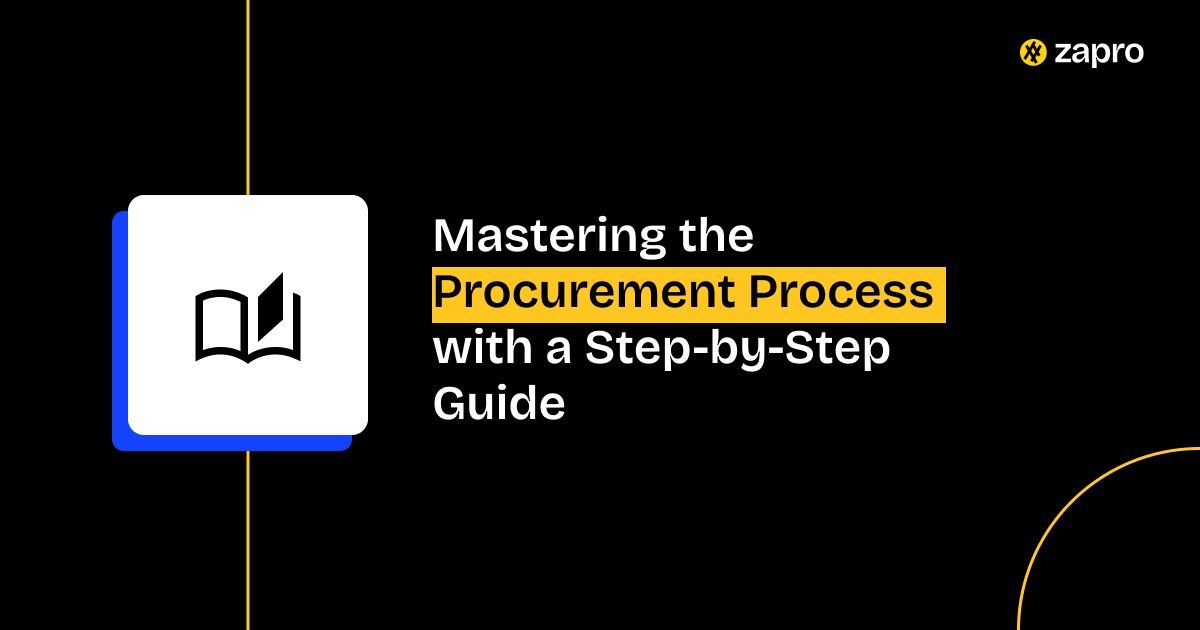
 Healthcare
Healthcare Financial Services
Financial Services Technology
Technology Venture Capitalist
Venture Capitalist Chief Procurement Officer
Chief Procurement Officer Chief Financial Officer
Chief Financial Officer